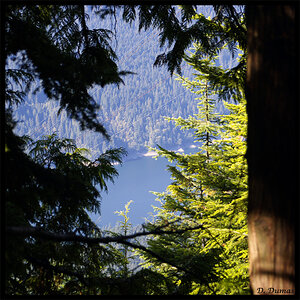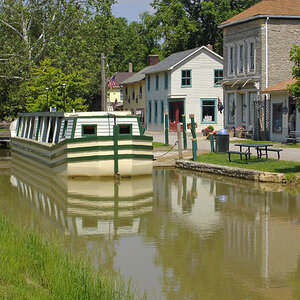TCampbell
Been spending a lot of time on here!
- Joined
- Mar 31, 2012
- Messages
- 3,614
- Reaction score
- 1,556
- Location
- Dearborn, MI
- Can others edit my Photos
- Photos OK to edit
More than anything, I think this is a budget question. While you did ask for the "best" waterproof camera, you can get incredibly rugged underwater housings for the top flagship cameras in the industry. Of course, those flagship cameras run about $6k of the camera body alone, then you have to add money for the lens, and the best underwater housings have multiple lens "ports" (the "port" is an interchangeable module because each camera "lens" has a different size/dimensions so the "ports" are designed to accommodate each specific lens.)
Basically you can send several thousand on a high end "body", another couple thousand on a high end "lens", another $1500 on an underwater housing, and another $500 or so on a lens port for the housing. By the time you're done... you could burn through $10k... but oh what a nice system you'd have!!!! One need not spend the $10k, because you can get these underwater housings even for entry-level DSLRs. The underwater housings tend to be rather expensive. The camera and lens inside are a big factor. Keep in mind that water provides approximately a 25% magnification factor (lenses will seem like they longer focal length then they really are) and since water absorbs light quickly, the shooting distances tend to be short. For this reason, underwater focal lengths tend to be short / wide-angle lenses.
Lighting was also kind of a big deal. There can be a lot of silt and other particles in the water. An on-camera flash will illuminate those particles immediately in front of the lens and it'll look like you were taking a photo in a snowstorm. SO... off-camera lighting was is usually preferred so that you can light the subject of interest from the side and avoid the "snow-storm" look. Near the surface this isn't a big deal because there's often an abundance of light. Once you get down to depths of around 30' or more, light isn't so abundant and you need to bring your own light to the party (usually in the form of flash strobes.)
As you are talking about a canoe trip, I'm thinking you just want the camera for above-water photography, but want it sealed "just in case" the contents of the canoe decide to go swimming. If this is the case, then disregard the lighting comments.
A little more down to Earth, but still high-end would be an "advanced point & shoot" (which can shoot RAW) and an underwater housing. A Canon G1 X II (about $750) with it's underwater housing WP-DC53 (about $270) is just around $1020 for the pair. You could go a little lower end, such as a Canon G16 ($400) and a Canon Wp-DC52 underwater housing (about $260).
These are true underwater housings built for SCUBA and can handle depths in excess of 100' (some of these housings handle depths down to 200'... well beyond the typical recreational dive depths.)
Even a little more down to Earth there is a vast array of underwater cameras designed for consumer use that can handle depths encountered in swimming pools and snorkeling (e.g. 30' or so) and these cameras are virtually all less than $300, but they are point & shoot cameras.
And then there's the water-tight bag option that you already know about.
Basically you can send several thousand on a high end "body", another couple thousand on a high end "lens", another $1500 on an underwater housing, and another $500 or so on a lens port for the housing. By the time you're done... you could burn through $10k... but oh what a nice system you'd have!!!! One need not spend the $10k, because you can get these underwater housings even for entry-level DSLRs. The underwater housings tend to be rather expensive. The camera and lens inside are a big factor. Keep in mind that water provides approximately a 25% magnification factor (lenses will seem like they longer focal length then they really are) and since water absorbs light quickly, the shooting distances tend to be short. For this reason, underwater focal lengths tend to be short / wide-angle lenses.
Lighting was also kind of a big deal. There can be a lot of silt and other particles in the water. An on-camera flash will illuminate those particles immediately in front of the lens and it'll look like you were taking a photo in a snowstorm. SO... off-camera lighting was is usually preferred so that you can light the subject of interest from the side and avoid the "snow-storm" look. Near the surface this isn't a big deal because there's often an abundance of light. Once you get down to depths of around 30' or more, light isn't so abundant and you need to bring your own light to the party (usually in the form of flash strobes.)
As you are talking about a canoe trip, I'm thinking you just want the camera for above-water photography, but want it sealed "just in case" the contents of the canoe decide to go swimming. If this is the case, then disregard the lighting comments.
A little more down to Earth, but still high-end would be an "advanced point & shoot" (which can shoot RAW) and an underwater housing. A Canon G1 X II (about $750) with it's underwater housing WP-DC53 (about $270) is just around $1020 for the pair. You could go a little lower end, such as a Canon G16 ($400) and a Canon Wp-DC52 underwater housing (about $260).
These are true underwater housings built for SCUBA and can handle depths in excess of 100' (some of these housings handle depths down to 200'... well beyond the typical recreational dive depths.)
Even a little more down to Earth there is a vast array of underwater cameras designed for consumer use that can handle depths encountered in swimming pools and snorkeling (e.g. 30' or so) and these cameras are virtually all less than $300, but they are point & shoot cameras.
And then there's the water-tight bag option that you already know about.


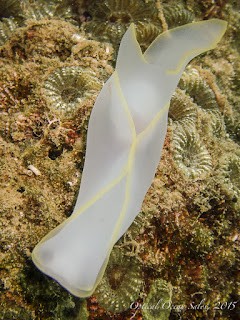




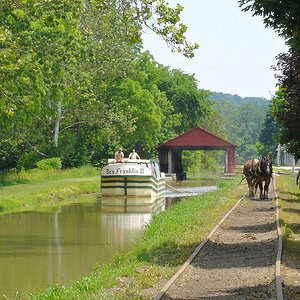
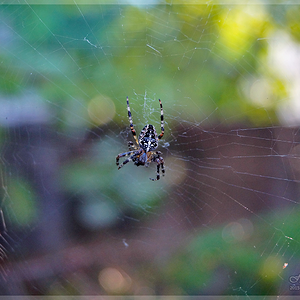


![[No title]](/data/xfmg/thumbnail/37/37623-b930ccd802f79b9c9cea990a7a5e5462.jpg?1619738153)
